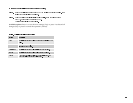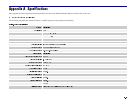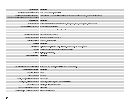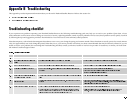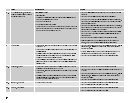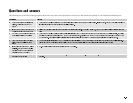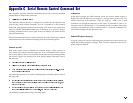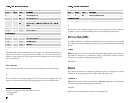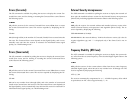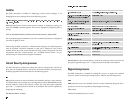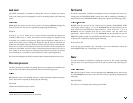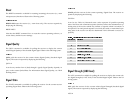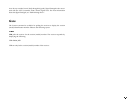
This Appendix provides important information about your PowerVu Headend
Satellite Receiver. Refer to this section for:
Your Headend Satellite Receiver is equipped for external remote operation and
control using remote control commands via a PC/workstation or data terminal
connection. This optional connection can be made at the receiver rear panel serial
data port labeled EXPANSION PORT (see “Connecting your system”). Remote
operating commands can be used in place of the user interface for remote receiver
setup and monitoring.
General information about how remote commands are used is followed by detailed
information about each command, including syntax and command options.
&RPPDQGSURWRFRO
Each of the remote control commands are executed using a unique protocol or
rules. These rules control command syntax (i.e., how a command must be sent to
the receiver) and how the receiver responds. Commands can only be interpreted by
the receiver if upper case characters are used. When sending commands, observe
the following.
The following conventions are used for identifying the command options found in
this Appendix.
The following example shows correct command usage.
In the above example, the VER command causes the receiver model number to
display only after the Enter key is pressed (i.e., carriage return [<CR>]). The com-
mand is valid only if the characters “VER” are used (i.e., “VER” is not a valid
command, even though the characters are the same). If command or syntax is in-
valid, the receiver responds with “?”. If an internal overflow condition exists when
executing a command, the receiver responds with “V”. Note that all Remote Con-
trol commands begin with the characters “SA1”.
&RPPDQG5HVSRQVHPHVVDJLQJ
A specific protocol is used for constructing and processing all remote control com-
mand and resulting response messages. Table 13 shows command frame and re-
sponse frame information.
$SSHQGL[&6HULDO5HPRWH&RQWURO&RPPDQG6HW



